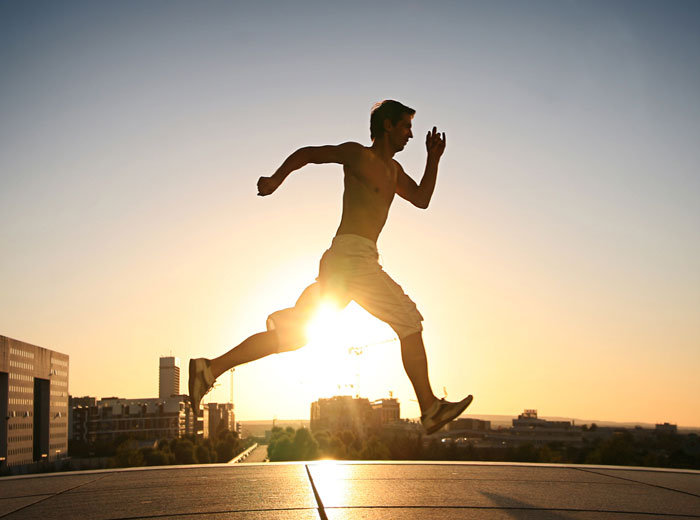
(This is a blog I really should of started with)
Sports Therapy is an aspect of health care that is specifically concerned with injury prevention and rehabilitation of your injury. It helps to get you back to full fitness, regardless of functionality, occupation or fitness concerns, whilst keeping in mind your age and ability.
The principles used incorporate sports science and exercises, in addition to physiological and pathological processes and manual therapy to prepare you for training, competition or daily lifestyle.
Some of the benefits of sport massage:
• Increases muscle flexibility and range of movement
• Prevents injuries
• Re-energises and strengthens your body’s own healing
• Speeds up recovery and improves performance
• Stress relief and relaxation
• Relieves muscle tension and soreness
Who is suitable for Sports therapy?
This is the easiest place to say “ITS NOT JUST FOR SPORTS PEOPLE”. Its for everyone.
Sports therapy, although could be named better, is solely based on improving movement and reducing discomfort, so anyone can benefit from it.
You can be of any age engaged in any type of activity. Some of my clients are people in desk type work. So seated for long periods of time. So if you are active or sedentary, I’m here to help!
Fitness and injury prevention
After effects of training, general soreness, the niggle, stiff muscles are all common and are all easily ignored. However, if these feelings are ignored and you continue training, you are likely to cause minor damage which will eventually stop you from training and hinder your physical development. You can also suffer mental effects from this too. This will in turn change your focus on training i.e. you will train what doesn’t hurt and end up either causing another injury or worsening a current injury by creating an imbalance.
Sport massage is an effective way of maintaining muscle flexibility and muscle condition, which prevents muscle strains. It can also help those minor niggles before they grow into an injury.
Also, with a further look into movement patterns identify what area your body needs to be improved to stop injury in its tracks.
